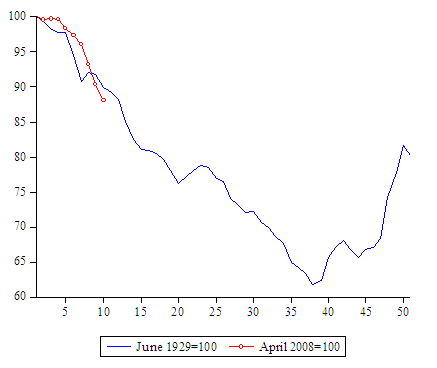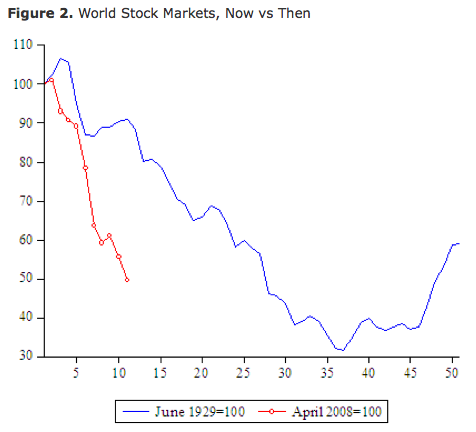As A.P. tools up to become the RIAA of the print business, here’s how it’s shaping up.
Here is another great moment in A.P. history. In its quest to become the RIAA of the newspaper industry, the A.P.’s executives and lawyers are beginning to match their counterparts in the music industry for cluelessness. A country radio station in Tennessee, WTNQ-FM, received a cease-and-desist letter from an A.P. vice president of affiliate relations for posting videos from the A.P.’s official Youtube channel on its Website.
You cannot make this stuff up. Forget for a moment that WTNQ is itself an A.P. affiliate and that the A.P. shouldn’t be harassing its own members. Apparently, nobody told the A.P. executive that the august news organization even has a YouTube channel which the A.P. itself controls, and that someone at the A.P. decided that it is probably a good idea to turn on the video embedding function on so that its videos can spread virally across the Web, along with the ads in the videos.
Frank Strovel, an employee at the radio station who tried to talk some sense into the A.P. executive Twittered yesterday:
I was on the phone arguing w/ AP today. We were embedding their YouTube vids on our station’s site. We’re an AP affiliate.
And then added:
They asked us to taken them down. I asked, “Why do you have a YouTube page w/ embed codes for websites?” Still… they said NO…


